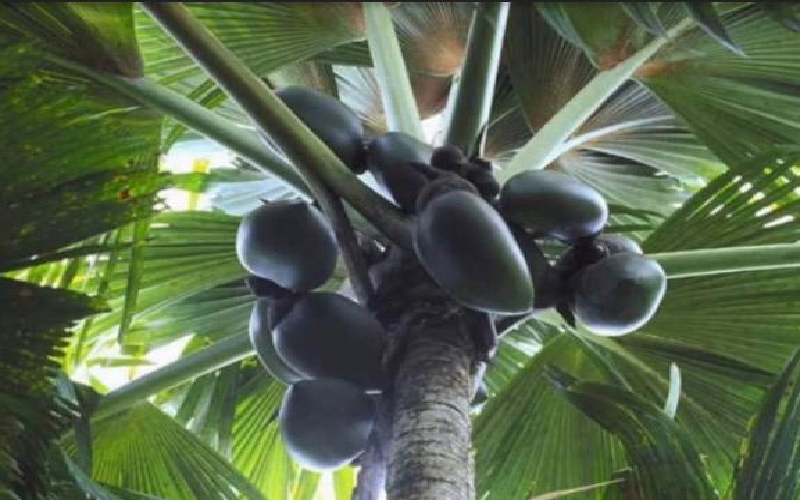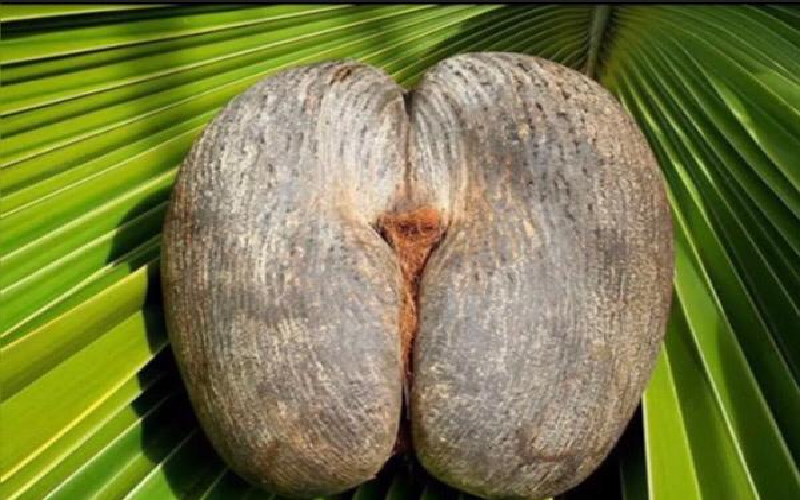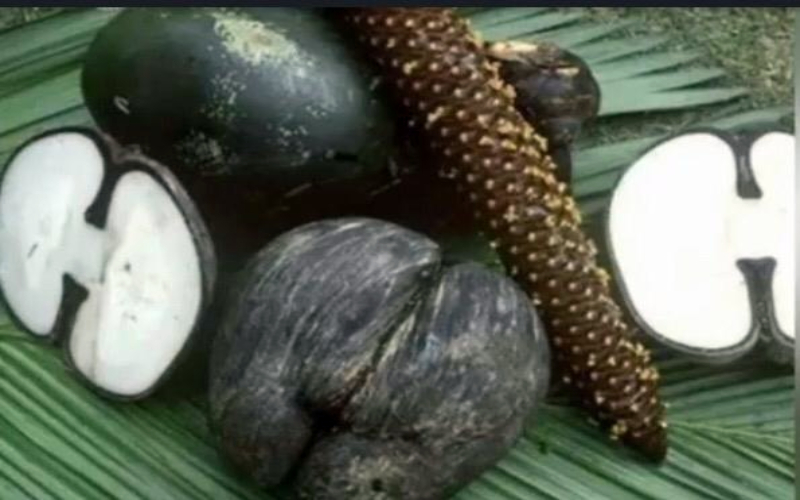
Thiruneelakanta Nayanaar was among the 63 apostles of Lord Shiva. He was a potter and was famous for giving away clay vessels to the devotees of Lord Shiva. The devotees of Lord Shiva just had three belongings, their devotion to the Lord, clothes and the Thiruvodu. They moved about from place to another with a Thiruvodu in their hand. This was the only vessel/container for them. These followers of Lord Shiva used the Thiruvodu for everything. They would use it to collect and drink water, to receive alms, and to eat food. Thus, the Thiruvodu became the multi-purpose bowl for the Shaivaite mendicants. They would apply Vibhuti (holy ash made from dried dung patties) and Kumkum (made from turmeric) on this bowl before beginning their day. These mendicants used to be present in front of Shiva temples and would move about from one place to the other. They ate sparsely and the food had to be vegetarian. Lord Shiva carried a Thiruvodu and he begged for food from Goddess Annapoorani in it on Akshaya Tritiya. It was also the bowl used by Yogeshwara Shiva. Thus, the Thiruvodu is also connected with Akshaya Tritiya.
The Thiruvodu made out of the Thiruvodu tree seeds was always special. It acted as a good preserver. Food kept within the Thiruvodu stayed safe and unspoilt for a long time. The Thiruvodu made the food healthier. Sanyasis were known to collect food from several houses. The food would get mixed up and it was a messy affair. The Thiruvodu kept them safe from food poisoning because of the medicinal qualities contained in it. People getting to see a Thiruvodu were considered to be lucky for it was a sign of prosperity. It was Lakshmi incarnate. This belief made people grant food to the mendicants. The Shiva Bhaktas described in ‘Periya Puranam’ carried the Thiruvodu with them. Thiru meant Lakshmi and Odu meant a container. The Thiruvodu was said to be the home to 32 Dhana Devatas. Therefore, it was also used to keep Vibhuti and Kumkum at home. It was pretty strong and eating out off a Thiruvodu helped a person to prolong their life. The Thiruvodu is also called Kapalam or Akshaya Patram. This tree is also the Sthala Vriksham (The temple tree) in a number of places. The tree was also grown in a number of Shaivaite Mutts. However, it is quite difficult to propagate this tree and even transferring it from one place to the other is a challenge for survival is big question mark. Manimeghalai, the daughter of Kovalan and Madhavi was said to carry an Akshaya Patram which was made out the seed of the Thiruvodu tree. Madhavi used to distribute a lot of food from the Akshaya Patram.

Thiruvodu was a popular container long ago, and the villagers along the coastline were quite aware of it. The tree produced the largest seed ever. These seeds were harvested and cut into two halves. The halves were finely finished before use. Artefacts were also made out of them. Craftspeople made a living out of the same. The seed was known as Kadal Thengai (Sea coconut) in Tamil. The pulp with the Thiruvodu was consumed by people and it was meant to provide a number of health benefits. Medical conditions like asthma, constipation, and fever were brought under control by using the inner part of the Thiruvodu. The shell of the Thiruvodu happens to be hard and it would require a lot of effort to cut it open. Women used saws to cut open the seed. The juice had been used by lots of people.
The Thiruvodu tree can be found on the coasts. The seed was perhaps pushed ashore from places like Seychelles. The fruit is a miracle fruit for it offers such a lot of good. Let us now look into the Thiruvodu Tree in order to learn more about it. Studies identify two trees. One looks like the Palm and the other like the Mahavilvam. Both of them are being called as 'Thiruvodu Tree'. The Palm-typed one takes many years to grow. Flowering and formation of the seed takes a lot of time. This tree is quite tall and is found on the shoreline. The other type is found in a number of places.

The Thiruvodu tree is known as Mexican Calabash (as identified by some people). It grows extensively in Mexico, Costa Rica and its nearby countries. Indian botanist, Shrikant Ingalhalikar began to nurture Mexican Calabash. The tree brought up by him is at Pune and can also be found in a number of religious places now. Several Shaivaite Monasteries are now having this tree. The tree grows up to 8 metres in height. Flowers from this attract bats and it helps in the process of pollination. These flowers quench the thirst of the bats. The seeds that fall on the ground do not propagate by themselves. Therefore, this tree is rare. Local horses are said to hit the seed with their hooves, break them and eat. It is at this time that the seeds within start to expose themselves. Thereafter, the tree gets propagated because of the horse. The inner part of the seed contains liquorice. People in Honduras, El Salvador and Nicaragua consume the internal parts of the seed.
It is important to consider the Thiruvodu tree which resembles a Palm tree. It grows higher than 90 feet. The seeds had floated in the Indian ocean and come to places like Maldives, Sri Lanka and India. These seeds are huge and are also called Rettai Thengai (Double coconut) in Tamil. The circumference of the tree is 12 feet and the leaves are quite big. The dimensions are 21 by 12 feet. It takes a lot of time to grow and give the seeds. The seeds are huge and look great. They weigh anywhere in between 7 and 25 kilograms. There are male and female varieties. The female takes about 100 years to flower and it again takes many years to get the seeds say some experts. These seeds look like Nungu (Palm fruit) and on becoming mature resemble a coconut. This tree is called Mooligai Vrikhsham (Herbal tree) by practitioners of native medicine. The tree takes about 3 years to get the first leaf. Some experts are of the view that the Thiruvodu tree resembling the Palm tree is the right one. In any case, the tree is good and also sacred for not just the mendicants who pray to Lord Shiva but also the general populace.
It is high time that these trees are identified and nurtured in the temple Nandavanams.
NEXT ARTICLE

A group of eager volunteers and nature enthusiasts, gathered amidst the lush greenery, ready to embark on a mission to enhance the beauty of our surro...